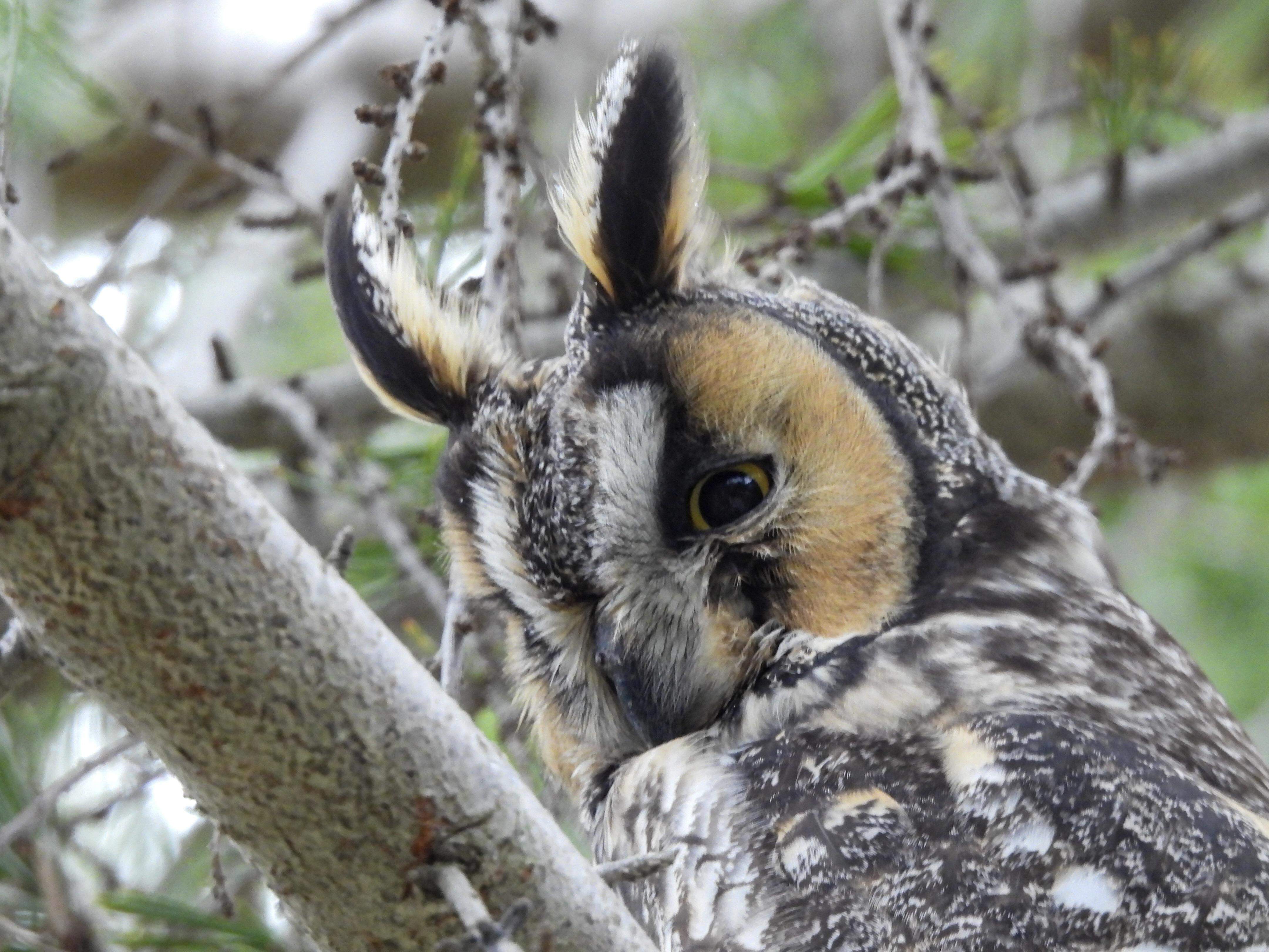Finally, after YEARS of trial and error failures, today I’ve made Thicket Beans palatable and not poisonous! I went whole hog, 24 hour soak with 2 changes of salty, alkaline water. Boiling in another change. Pressure cooking after. And then boiling AGAIN. Lastly stewing with some sauce as a faux baked beans. It’s pretty good! The process could certainly be optimized but now I know it IS at least doable.
#foraging #nativeplants @foraging@slrpnk.net #technicallynotforagingigrewthis
I’m curious about the failures. Have you been repeatedly poisoning yourself trying to figure this out?
I replied from Pixelfed but it doesn’t seeem to have federated through, sorry!
Are you sure you just havent built a tolerance?
Pretttyyy sure lol. Although if I had, it’d certainly save me a lot of time and energy on preparing them so thoroughly
For Lemmy users: Lemmy only shows the first pic, there’s more if you click through to the originating Pixelfed instance. Eventually I’m gonna write up a full step-by-step of what I did, probably on WriteFreely.
Could you link it, then?
Finally wrote it up: https://text.tchncs.de/the-rose-garden/cooking-the-thicket-bean
WriteFreely is federated so potentially this would work too: @the-rose-garden@text.tchncs.de
Thanks!
The longer post? I definitely will once it’s written, sure thing
How did you judge thwm non-poisonus before eating them? Is paring dow the process going to involve making ateps less intense until the means make you sick? Vv cool though
Using the incredibly scientific method of… assuming the level of bitterness roughy equates to the amount of toxins left lol. That, and the most typical toxins in this genus usually present symptoms within a few hours, which didn’t happen (luckily). And yeah, I went all-out on this batch. My hope is I can dial back on each until i find the bare minimum required amount/type of processing.
That’s not exactly how it works. How much did you eat?
So there’s a chance you’re just slowly long term poisoning yourself?
What are thicket beans? What’s the botanical name?
Phaseolus polystachios. Same genus as most of our common beans in the U.S., but the only one that’s native I think? And it’s perennial. It’s more closely related to lima beans than any variety of vulgaris though, despite looking more like the latter than the former.
Congrats! May I ask why you wanted to do this. With the great varity of edible plant to forage, your ground to such a long quest must be interesting.
Well my particular interest is edible plants that are roughly native to my region, and it turns out there’s just not a huggee selection of beans in that category? There’s a couple Strophostyles species here that are tastier as faux green bean pods than they are as dried beans. There’s at least one native Lupinus whose edibility is even more questionable than the Thicket Bean, and likely requires weeks of brining. There’s Amphicarpaea bracteata, which is easily the tastiest AND simplest of the bunch, but culinarily they’re really more akin to peanuts than pintos. There’s Apios americana, which has DELICIOUS tubers, but it doesn’t really super want to produce beans even though it can. Finally, there’s Desmanthus illinoensis, which… actually that one’s very productive, easy to grow, AND easy to prepare? Honestly I should have just stuck with that one lol.
My hope for all the complicated ones is that, once a process is ironed out and simplified, it’ll get easier? We’ll see. Just trying to do my part to broaden the number of species humans subsist on really.
Interesting. It must habe be fun. Stay safe and enjoy!






